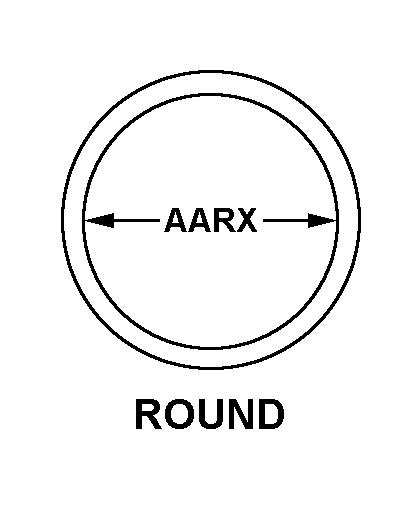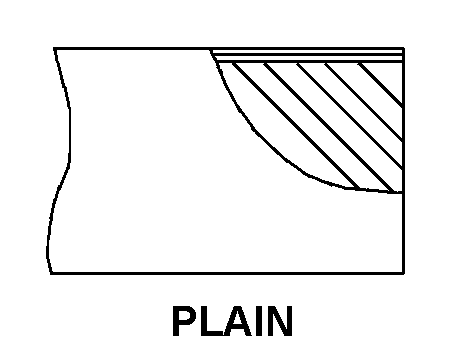4720016063364
Price Quote Get an up to date pricing and availability quote for this product. Order online or over the phone.
Quality Commitment
Serving our customers with quality and safety first.
- AS9120 Certified
- Audited supply chain
- ITAR Registered
- DDTC Registered
- HAZMAT Certified
- Customer service objectives
- Every product 100% inspected

4720-01-606-3364 Specification Set by the OEM (see RNCC code 3)
round
0.25in.
40.0 deg fahrenheit and 212.0 deg fahrenheit 2nd response
0.58in.
3.4in.
plain
bushmaster
12000.0 pounds per square inch single response
2nd layer braided steel wire and 2nd layer braided synthetic yarn
3000.0 pounds per square inch single response
oil resistant and mildew resistant
smooth
300.0 feet excluding end fittings
hydraulic hose
temperature range intermittent to 300 deg f; continuous use at temperature and operating pressure will affect service life
rubber tube
oil and water and hydraulic fluid and air 4th response
Cross Reference Parts Part numbers that meet the specification outlined on this page and set by the OEM
Identification Item Identification Guide (IIG) and Item Name Code (INC)


Definition Definition of approved item name (AIN): "HOSE,NONMETALLIC"
A flexible, tubular item having a nonmetallic tube inner conveying surface and one or more reinforcement layers of a metallic or nonmetallic material. It is designed to convey gasses, liquids, or solids. For items with fittings on one or both ends, see hose assembly, nonmetallic. Excludes hose, air duct; and hose air duct, air breathing.
4720-01-606-3364 Material Hazmat, Precious Metals, Criticality, Enviroment, and ESD
Indicates there is no data in the hmirs and the nsn is in a fsc not generally suspected of containing hazardous materials.
Item does not contain precious metal.
Represents items with no adp components
The item does not have a nuclear hardened feature or any other critical feature such as tolerance, fit restriction or application.
Identification Codes
HMIC: Hazardous Material Indicator Code. A one position code that identifies a hazardous item.
PMIC: Precious Metal Indicator Code. A one position code which identifies items that have precious metals as part of their content. precious metals are those metals generally considered to be uncommon, highly valuable, and relatively superior in certain properties such as resistance to corrosion and electrical conductivity.
ESD: Electrostatic Discharge. Indicates if an item is susceptible to electrostatic discharge or electromagnetic interference damage. electrostatic discharge damage occurs when an accumulation of static electricity generated by the relative motion or separation of materials is released to another item by direct contact. electromagnetic interference damage occurs when an item comes into proximity with an electrostatic or magnetic field.
ENAC: Enviromental Attribute Code. Identifies items with environmentally preferred characteristics.
CRITL: Criticality Indicator Code. Indicates an item is technically critical by tolerance, fit, application, nuclear hardness properties, or other characteristics.






